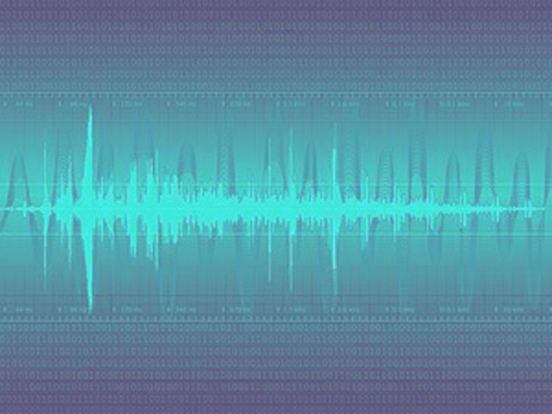Through displaying and demonstrating the wide variety of recording devices, the Museum provides insight into the development of sound recording, the innovators who brought us the evolution of sound technology and the engineers who created new and exciting sound recording techniques.
Our library of information which contains relevant magazines, catalogs, manuals and ads is available for research.
The ability to playback sound was explored for centuries. Often cited as the earliest playback system would have been music boxes.
9th Century
In Baghdad, Iraq, the Banū Mūsā brothers, a trio of Persian inventors, produced "the earliest known mechanical musical instrument", in this case a hydropowered organ which played interchangeable cylinders automatically, which they described in their Book of Ingenious Devices. According to Charles B. Fowler, this "cylinder with raised pins on the surface remained the basic device to produce and reproduce music mechanically until the second half of the nineteenth century."
1857
In our research, we found that the first recorded sound on a mechanical device was the phonautograph developed in Paris in 1857 by Édouard-Léon Scott de Martinville. There was no ability to play back the recordings which used a wavy stylus scratching lines on fragile paper blackened by oil lamp soot. These were only played when digitally recreated in 2008. More information
The player piano arrived in 1876 and could considered one of the earliest forms of music playback.
Cylinder
Next came the cylinder recorder/player.
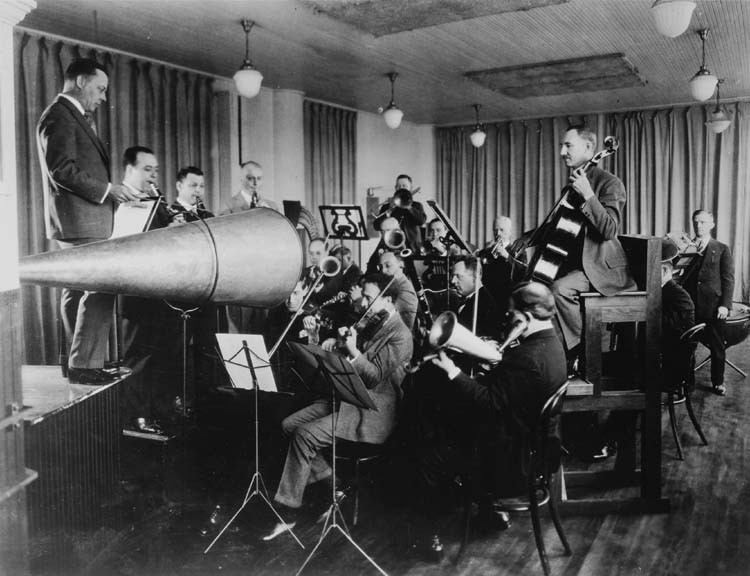 We want to note here that there is a difference between cylinder recording and magnetic recording. They both have the same goal of reflecting the final sound.
We want to note here that there is a difference between cylinder recording and magnetic recording. They both have the same goal of reflecting the final sound.
With cylinders and records the sound waves vibrate and that in turn translates into a physical etching on the wax cylinder or on the lacquer record. The sound is amplified through the cone attached to the player. Whereas magnetic recording takes the vibrations of sound through a microphone and converts them into electrical pulses that are then imprinted on the magnetic particles on tape or wire. Playback occurs through electronically amplified equipment.
The Edison cylinder phonograph came into being in 1877. To give some perspective on the timing of all this, Bell Telephone was founded that year and Crazy Horse and his warriors fought their last battle with the United States Cavalry in Montana.
Cylinder materials used to capture the sound vibrations with a stylus included tin foil, lead or wax. Wax became the easiest to mass produce.
DISK
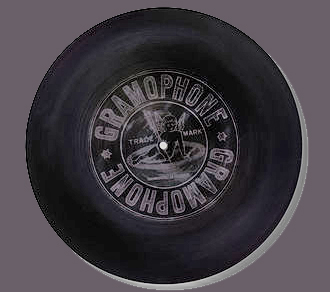 The disk based gramophone, or record as we know it, was patented by Emile Berliner in 1887. The record had slightly greater fidelity and were easier to duplicate with a
The disk based gramophone, or record as we know it, was patented by Emile Berliner in 1887. The record had slightly greater fidelity and were easier to duplicate with a  molding process. Incidentally Berliner also created one of the first microphones in 1876. His goal in developing recording was so that folks could record their last thoughts as they lay on their deathbeds. Interestingly the first gramophone quality was so bad that lyrics were include with the record so folks could understand the content.
molding process. Incidentally Berliner also created one of the first microphones in 1876. His goal in developing recording was so that folks could record their last thoughts as they lay on their deathbeds. Interestingly the first gramophone quality was so bad that lyrics were include with the record so folks could understand the content.
Everything dealing with recording audio and music prior to 1946 were record players, record cutters and prior to them the cylinder cutters and players. Interestingly, cylinders were not produced after 1929. The advent of the microphone and electrical recordings greatly improved the quality of the recording process on disc records. By 1925, all the major record companies had moved to recording using electrical microphones. Electric powered phonographs were introduced in 1930, but crystal pick-ups and electronic reproduction did not arrive until the late 1930’s.
In the 1930’s the Brush Development Company, who later came out with one of the first commercially available reel to reel tape recorders, was initially making crystals for phonographs. You will find this is true of many of the companies including Ampex and others who were manufacturers of a variety of things from speakers to electric motors and other recording equipment before they evolved to the tape recorder.
To move from mechanical cylinder and record recording, the next significant step involved Americans Lee De Forest and Edwin Armstrong. Forest came up with the vacuum tube which could amplify weak signals, and Armstrong whose circuit development made recording amplification possible. These developments occurred in the early to mid 1920’s. The telephone benefited mostly from their work by amplifying signals enabling them to travel longer distances.
James Cartwright's Immortal Performances,Inc.'s collection of acoustical devices - video by the Museum of Magnetic Sound Recording
Magnetic Sound Recording
Valdemar Poulson was the first person credited with demonstrating the first model of a magnetic tape recorder. Paulson’s work was more based on trying to provide a means of allowing people to leave messages when they were making telephone calls. Even though the magnetic recording principles were described previously by Oberlin Smith in 1878 it was not until 1898 that the actual device was demonstrated. In 1888 Smith, decided not to pursue his idea and released it to the public by publishing his ideas about magnetic recording in the journal Electrical World.
Musicians will be interested to know that neither Smith, Poulson nor Edison saw the magnetic recording field as something for entertainment. It was described as a means to document information and for the workplace to provide dictation resources.
So even after those early recording discoveries, the recording industry continued to be based on cylinders and records. This went on for a considerable amount of time.
Wire
Valdemar Poulsen
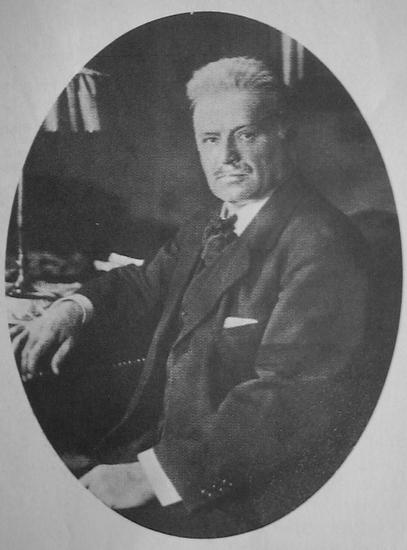 (23 November 1869 – 23 July 1942) was a Danish engineer who made significant contributions to early radio technology. He developed a magnetic wire recorder called the telegraphone in 1898 and the first continuous wave radio transmitter, the Poulsen arc transmitter, in 1903, which was used in some of the first broadcasting stations until the early 1920s.
(23 November 1869 – 23 July 1942) was a Danish engineer who made significant contributions to early radio technology. He developed a magnetic wire recorder called the telegraphone in 1898 and the first continuous wave radio transmitter, the Poulsen arc transmitter, in 1903, which was used in some of the first broadcasting stations until the early 1920s.
Poulsen was born on 23 November 1869 in Copenhagen. He was the son of the Supreme Court judge Jonas Nicolai Johannes Poulsen and Rebekka Magdalene (née Brandt).
The magnetic recording was demonstrated in principle as early as 1898 by Poulsen in his telegraphone. Magnetic wire recording, and its successor, magnetic tape recording, involve the use of a magnetizable medium which moves past a recording head. An electrical signal, which is analogous to the sound that is to be recorded, is fed to the recording head, inducing a pattern of magnetization similar to the signal. A playback head (which may be the same as the recording head) can then pick up the changes in the magnetic field from the tape and convert them into an electrical signal.
Poulsen obtained a Telegraphone Patent in 1898, and with his assistant, Peder O. Pedersen, later developed other magnetic recorders that recorded on steel wire, tape, or disks. None of these devices had electronic amplification, but the recorded signal was easily strong enough to be heard through a headset or even transmitted on telephone wires. At the 1900 World's Fair in Paris, Poulsen had the chance to record the voice of Emperor Franz Josef of Austria which is believed to be the oldest surviving magnetic audio recording today.
Poulsen developed an arc converter in 1908, referred to as the "Poulsen Arc Transmitter", which was widely used in radio before the advent of vacuum tube technology. The system was able to communicate between Lyngby and Newcastle with a 100-foot mast.
----------------------------
Martin, attached is the Morse Key that belonged to Valdamar Poulsen and later Harry Sands - Paul Rich
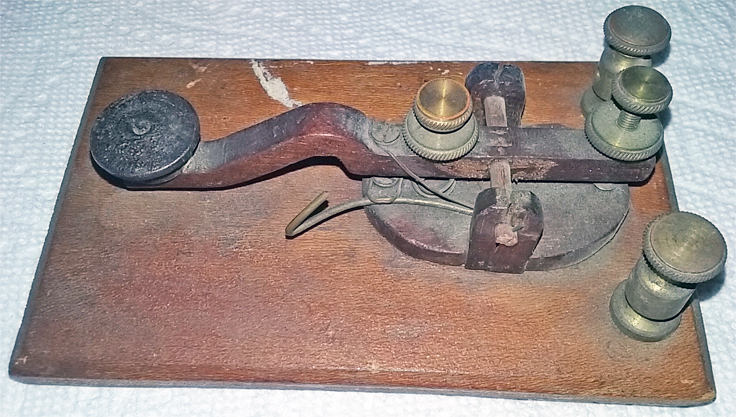
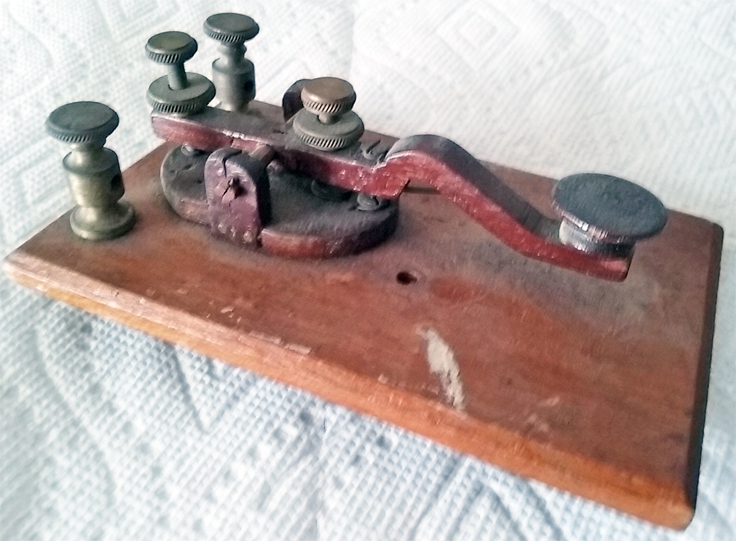
Valdamar Poulsen Morse code key
photos donated by Paul Rich
Paul A. Rich generously donated photos of his Poulsen's Disc Recorder #13 and the American Telegraphone Company wire recorder prototype.
From Paul: "Martin, Hope all is well? I was working in my garage in what my girls refer to as the Rich Archives, Ha! ,and came across a few of the negatives I took back in 1984 of the recorders I eventually sold to Ampex Museum there in California. ...The first two photos is of the Poulsen Disc Recorder #13, as stated on the original brass plate mounted on the top surface. There were two approximately 5" steel disc as part of the collection. I never tried to operate or plug in the recorders in fear of damaging a rare piece. Just loved looking at them.
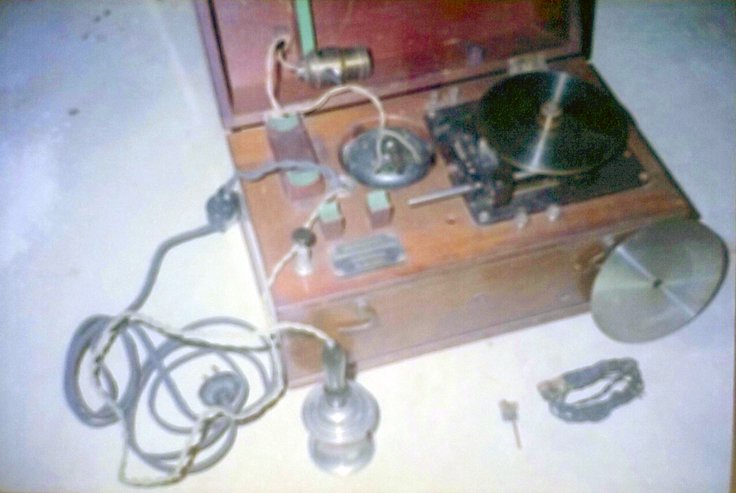
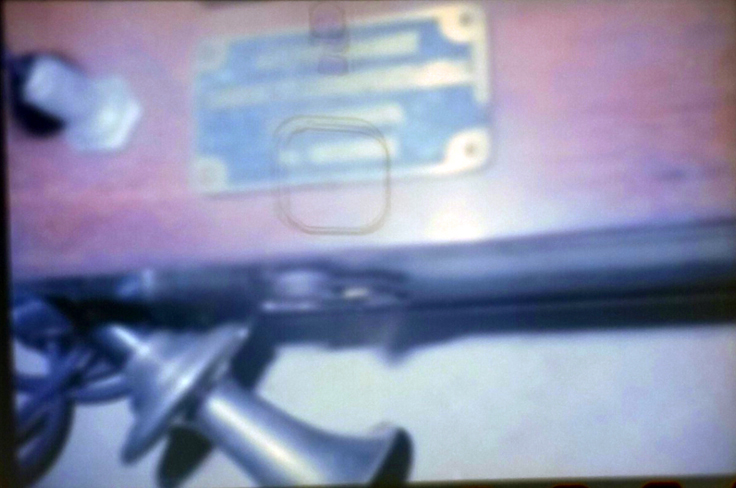
The other two photos show the American Telegraphone Company wire recorder prototype with lid that still has the lightbulb mounted inside the center for continued work by the inventors. I have a healthy amount of original photos and documents showing them with this item. The wire recorder was enclosed in what appeared to be a wooden sewing machine box. Must have been readily available back then. Sometime later after sale I received the original phone like handset, very ornate. Sometime when I'm able to locate it I will forward photos."
Paul A. Rich
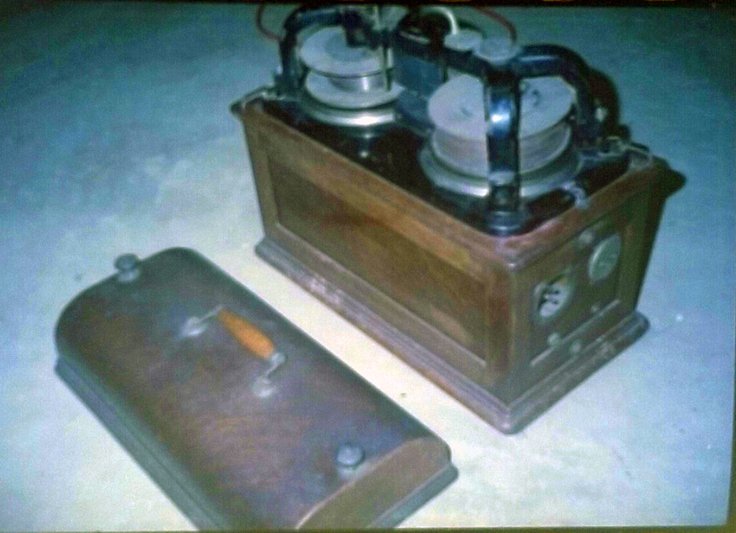
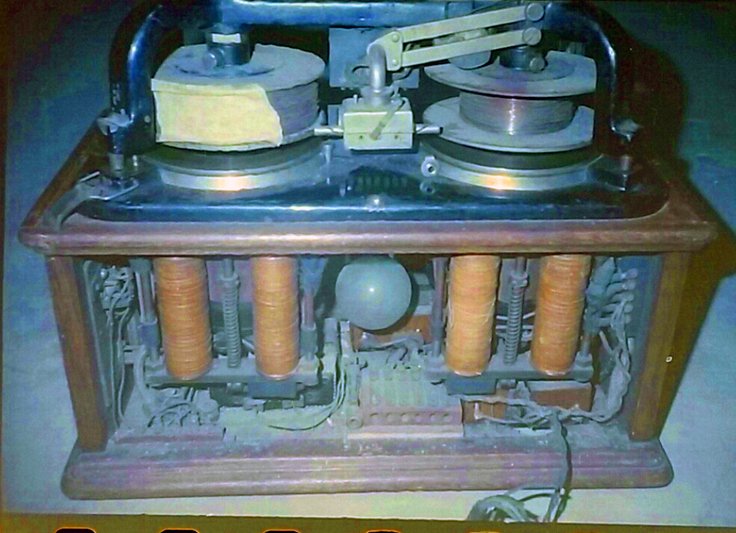
Go to more about Valdemar Poulsen
In 1924 Germany Dr. Kurt Stille developed a dictating machine using wire, however it was not of broadcast quality.
In 1931, using Stille’s invention, Louis Blattner, a German in England, developed the Blattnerphone. For time perspective Abbey Road Studios and the Empire State building also opened that year.
In Christmas Day in 1932 the BBC first used a steel tape recorder for their broadcasts. The recorder was a  Marconi –Stille recorder, a huge machine using steel razor tape 3mm wide running at 90 meters per minute or 300 feet per minute. This meant the length of tape required for a half hour program was 1.8 miles long and weighed 55lbs. In some of the early wire recording stories it’s noted that some of the wire recorders were running at such a high speed and using such a large core of metal that it could often, when there was a break or problem with a machine, that you could end up severing a finger, losing a hand, or worse.
Marconi –Stille recorder, a huge machine using steel razor tape 3mm wide running at 90 meters per minute or 300 feet per minute. This meant the length of tape required for a half hour program was 1.8 miles long and weighed 55lbs. In some of the early wire recording stories it’s noted that some of the wire recorders were running at such a high speed and using such a large core of metal that it could often, when there was a break or problem with a machine, that you could end up severing a finger, losing a hand, or worse.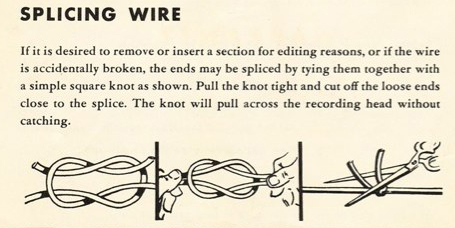
So folks now had wire recorders which could record and play back sound. It should be noted that wire recording was of inferior quality to records and created problems in tangled wire and difficult splicing. Solder was used to splice broken wire and would pop as the splice passed by the heads.
So now more about magnetic recording.
Musicians and recording folks may be interested to learn that the first magnetic recording tape evolved from old cigarette paper. An Austrian named Fritz Pfleumer had developed a process for putting metal stripes on cigarette papers to prevent the staining of smokers’ lips by the cigarette papers of the time. Being aware of and interested in Poulson’s recording discoveries, Pfeumer reasoned he could similarly coat his papers with a magnetic strip to be used as an alternative to wire recording. He used a very thin paper coated with iron oxide, used lacquer as glue and received a patent from Germany in 1928. In 1932 he granted the right to use the invention to AEG who then built the first practical tape recorder named the Magnetaphon.
Magnetic recording tape, being the essential part of reel to reel tape recorders, had its industrial beginning around 1932 when AEG and BASF combined their resources to develop magnetic recording tape.
In the mid 1930’s Germany’s AEG was working on magnetic tape and the Magnetephon was first being tested. In 1935 Bell Telephone was working with steel tape machines and they were the first to present stereo recording on steel wire at the World’s Fair in 1939.
The first demonstration of the reel to reel tape recorder, the Magnetaphon K1 took place in Berlin in 1935 running at 30 inches per second and made a hit because it used plastic tape instead of steel. The basic functions of this machine are the basis for the evolving reel to reel tape recorders.
Interestingly, the original Soundmirror by Brush was actually a wire recorder that was developed around 1937. In an article in a tape recording magazine from 1958, it is stated that from the time of the collapse of the American Telegraphone Company in 1918 until 1937 when the Brush Soundmirror wire recorder was placed on the market, no magnetic recording equipment was made in the United States.
The early Soundmirror had a recording time of only one minute on an endless tape. Brush also brought out paper tape with which the Bell Telephone labs. were experimenting, but was not placed on the market.
Brush Development also received a Navel Research and Development contract for a machine that would use tape instead of wire. The US military during WW2 extensively used wire recorders and wire recorders were still in a lot of the catalogs that we have in our resources into the early 50’s.
In 1943 Webcor was building wire recorders for the Navy.
In 1944 3M (Minnesota Mining and Manufacturing) started experimenting with tape.
Birth of the German Magnetophon Tape Recorder 1928 to 1945
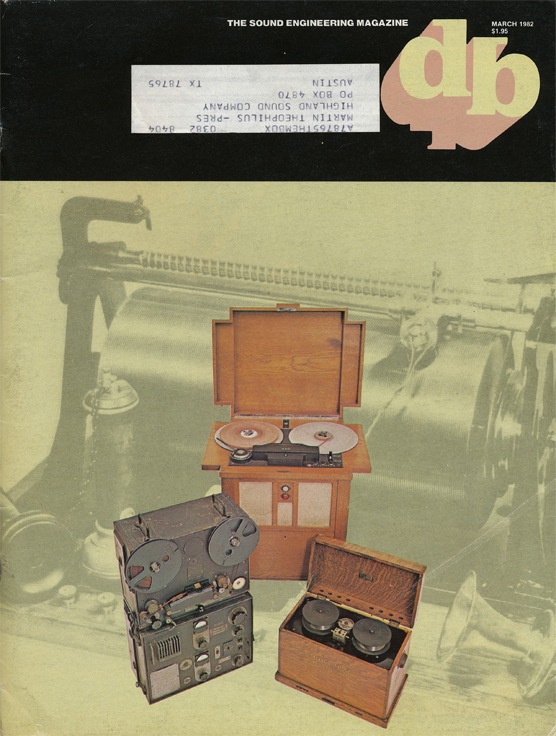
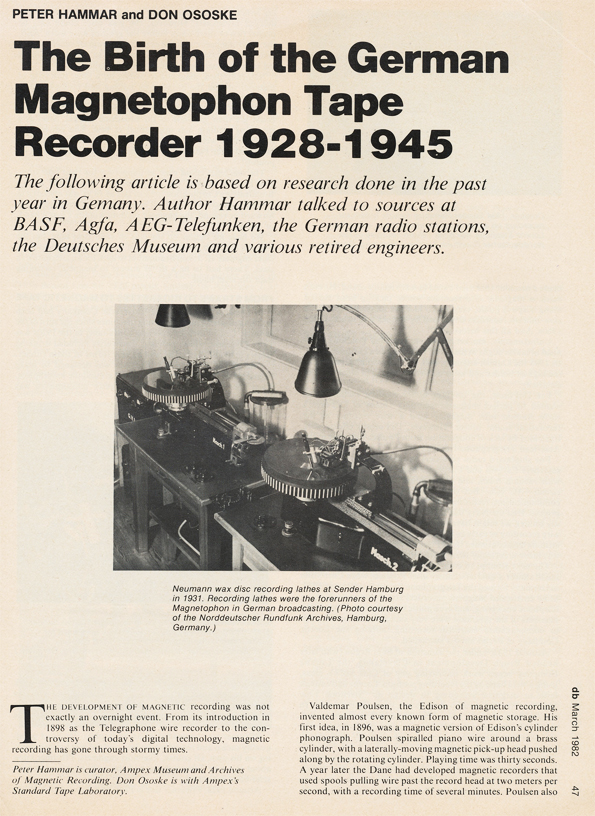
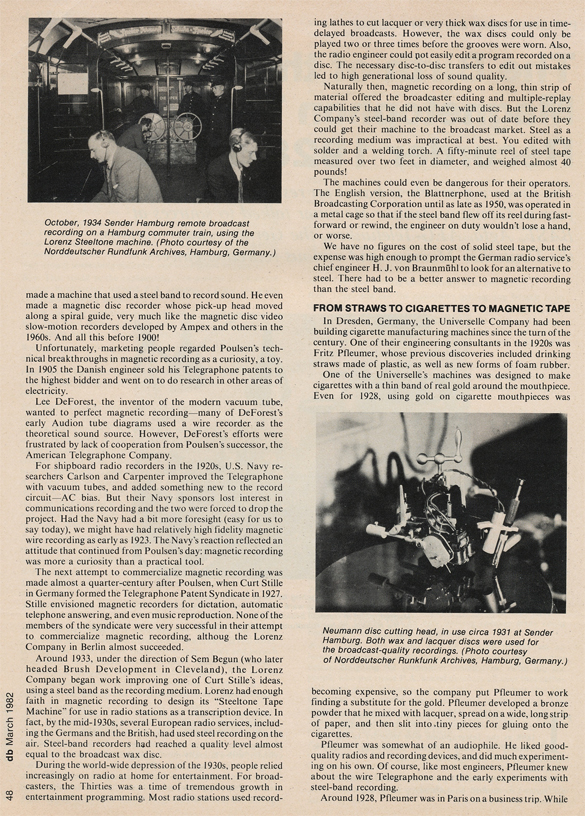
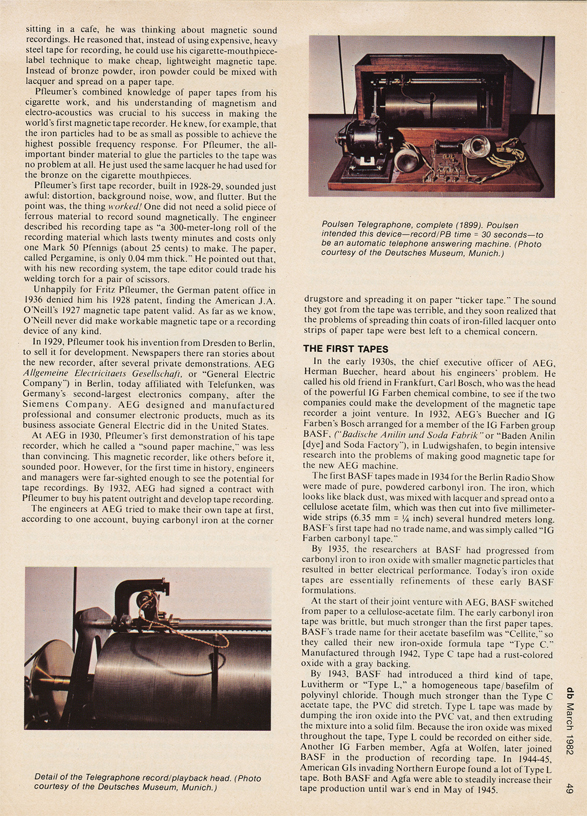
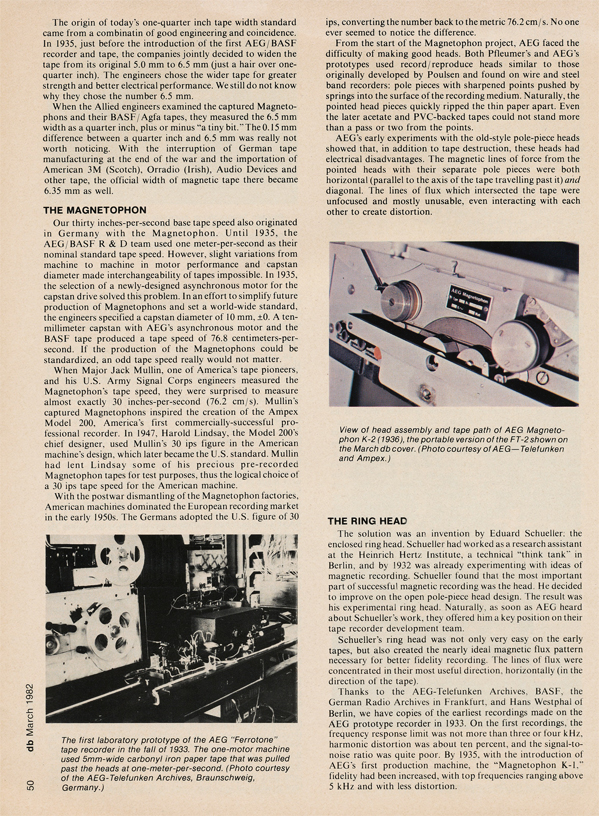
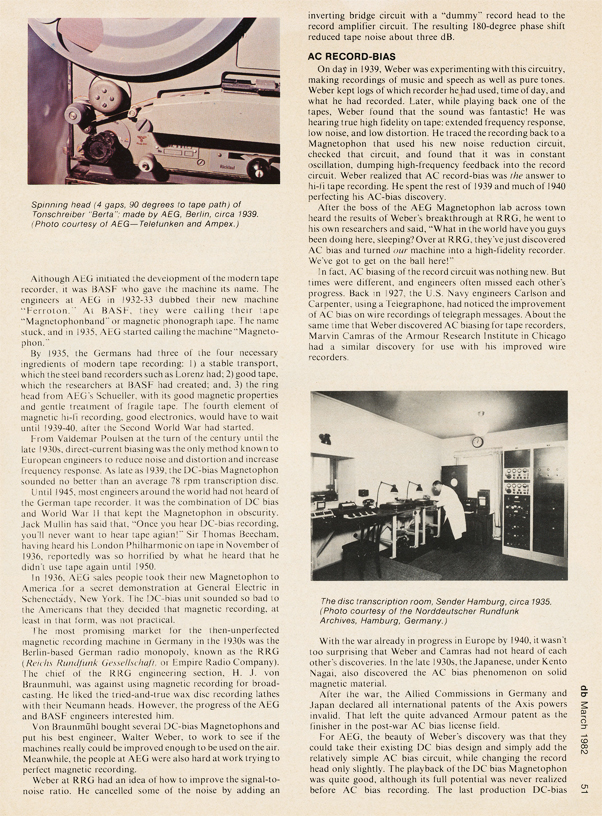
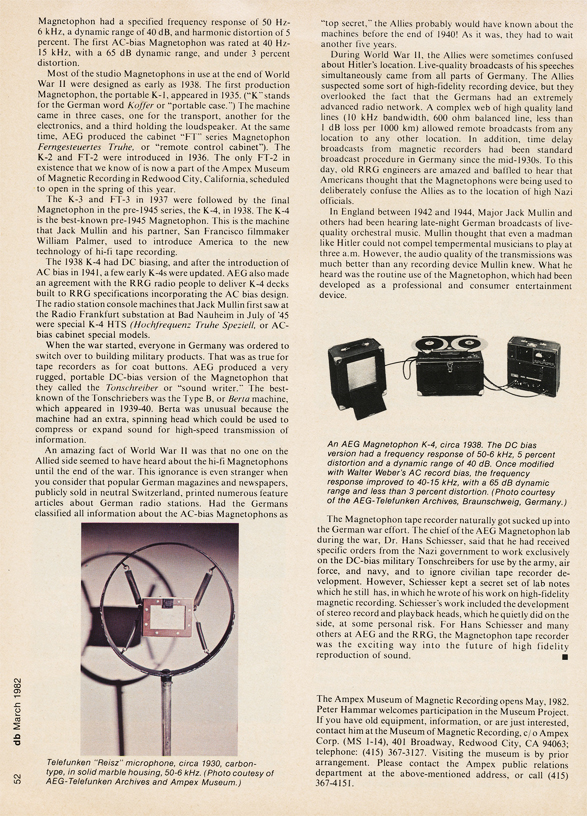
WW II & John Mullen
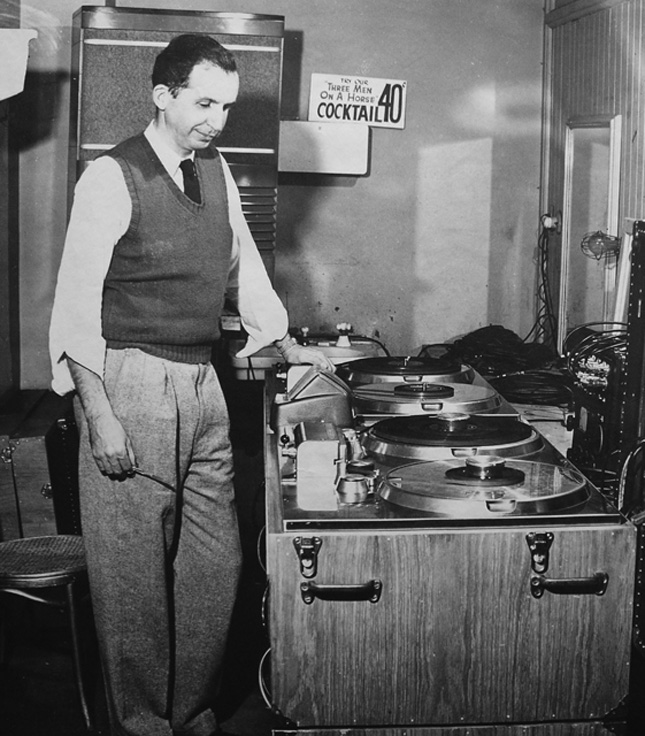 During World War II, the Allies kept hearing these live concerts over German radio and initially thought the Third Reich was keeping large orchestras playing live night and day. It was later learned that it was the Magnetephon and its ability to play back realistic recordings for periods longer than possible using lacquer records.
During World War II, the Allies kept hearing these live concerts over German radio and initially thought the Third Reich was keeping large orchestras playing live night and day. It was later learned that it was the Magnetephon and its ability to play back realistic recordings for periods longer than possible using lacquer records.
It is those Magnetaphon recorders that John Mullin brought back from Germany after WWII and subsequently introduced to Bing Crosby that resulted in Crosby’s backing Ampex with $50,000 of his own money. The attraction to tape recorders was the ability to edit without the significant loss of quality. Prior to tape, as was the case with Bing Crosby, sound information was cut directly from the performance to the record. So, if a mistake was made, the record was useless. To edit the content had to be transferred from record to record. This, of courses, caused a loss of sound quality each time it was done. Magnetic tape itself evolved in part because engineers desired to have the ability to edit recordings.
A couple of other notes. There was a very limited amount of recording tape for Mullin to bring back from Germany. So, in his early work for Crosby, Mullin would have to erase previously recorded programs and keep recycling the tape.
German engineers had also developed AC biasing during WWII. We’re not going into bias detail here except to say it greatly increased the signal quality in magnetic tape recording. Akai, Roberts and other manufacturers noted this with the marketing of their Cross Field heads.
In 1946 the Shure Microphone Company began developing methods of mass producing heads for tape recorders. Later Nortronics was a significant supplier of tape recorder heads.
The reels for tape recorders evolved from movie reels. They were 7 inches wide and held 1/4 inch media.
In our catalog collection, the first wire recorder we found for commercial sale was in 1946. This was for the Utah 60 Magic Wire Recorder and Playback and it ran $350.
 The company Magnacord was incorporated in 1946 and produced the only professional wire recorder ever made. They called it the SD-1, standing for super duper. They also made the little device called the Audiad, which was a point of sale machine and had a very simple tape drive of about 6 inches per second.
The company Magnacord was incorporated in 1946 and produced the only professional wire recorder ever made. They called it the SD-1, standing for super duper. They also made the little device called the Audiad, which was a point of sale machine and had a very simple tape drive of about 6 inches per second.
In 1947 Brush was running their National ads for the SoundMirror in publications, including the Saturday Evening Post.
Great publications Please note none of these items are for sale on our site!
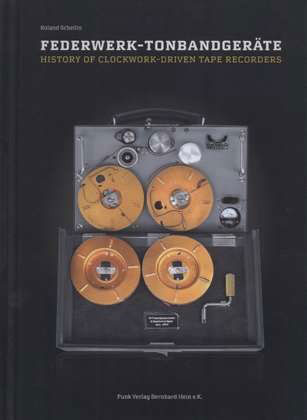
NEW Listing! recommended by Phil Van Praag - Federwerk-Tonbandgeräte - History of Clockwork-Driven Tape Recorders. The book is written in English and German languages - available from German book dealers.
| |
|
|
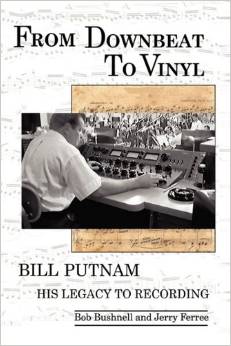
From Downbeat to Vinyl: Bill Putnam's Legacy to the Recording Industry - Bob Bushnell & Jerry Ferree
|
|
|
|

"The Rusty Ribbon": John Herbert Orr and the Making of the Magnetic Recording Industry, 1945-1960
David L. Morton
The Business History Review
Vol. 67, No. 4 (Winter, 1993), pp. 589-622
Published by: The President and Fellows of Harvard College
Stable URL: https://www.jstor.org/stable/3116805
Page Count: 36 |
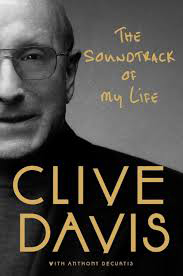
book
Clive Davis - The Soundtrack of My Life
|
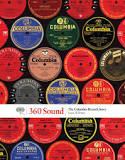
book
360 Sound - The History of Columbia Records
|

book
Abbey Road
|
|
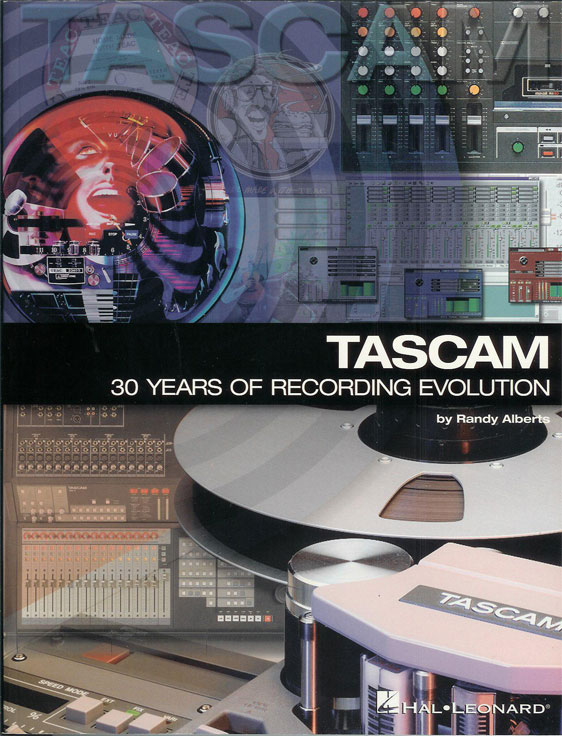
book
Tascam - 30 Years of Recording Evolution
|

book
Magnetic recording
|

book
Studio Stories
|
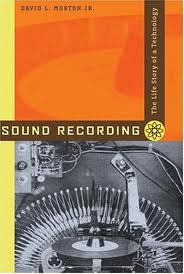
book
Sound Recording |
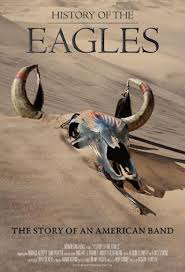
DVD
History of the Eagles |
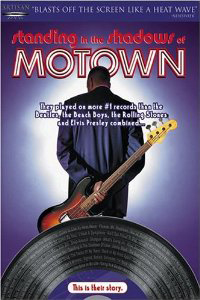
DVD
Standing in the Shadows of MOTOWN |

DVD
Stax Records |
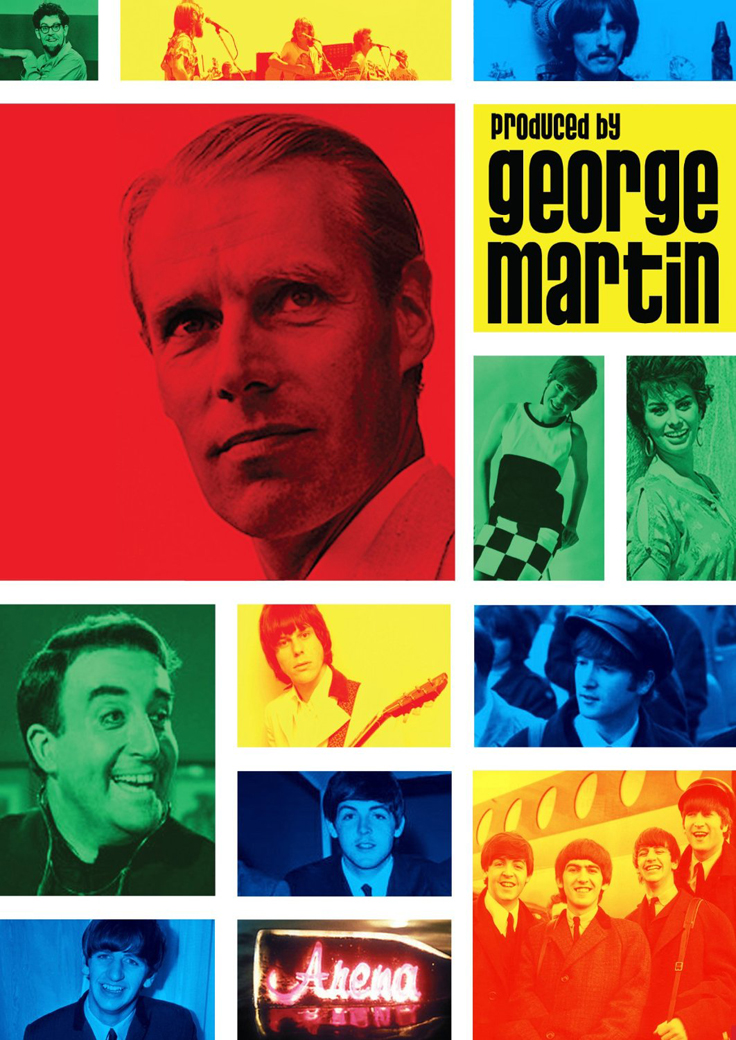
DVD
Produced by George Martin |

DVD
The House That Ahmet Built |
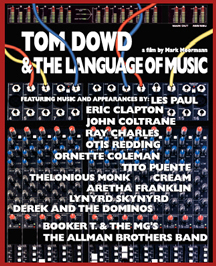
DVD
Tom Dowd & the Language of Music |
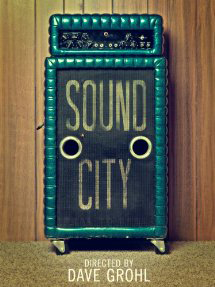
DVD
Sound City |
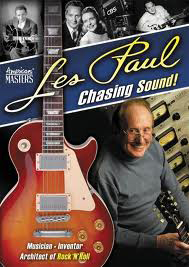
DVD
Les Paul - Chasing Sound
|
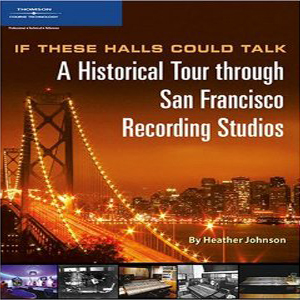
book
If These Halls Could Talk |

book
Made In Japan
|

book
Perfecting Sound Forever |
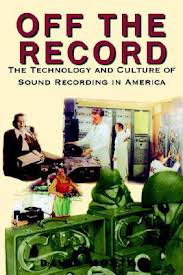
book
Off the Record |

book
Temples of Sound |

book
House of Hits |

book
Too Hot to Handle |
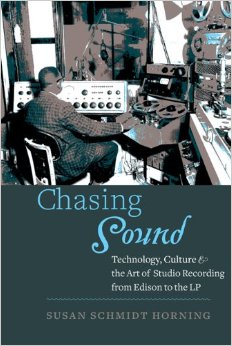
book
Chasing Sound |
Story
of Nipper - Click on the images below for a larger image
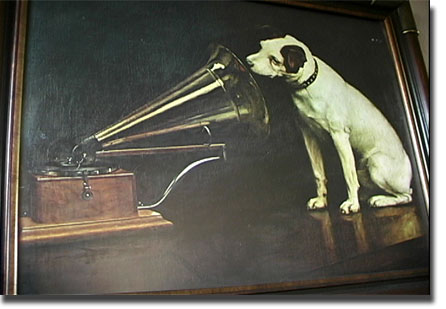
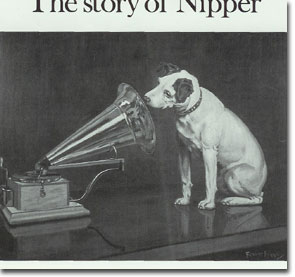
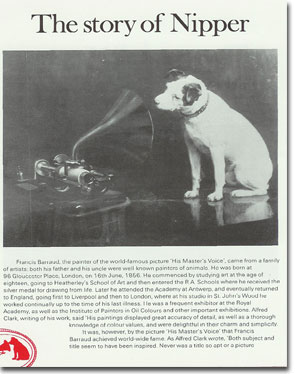
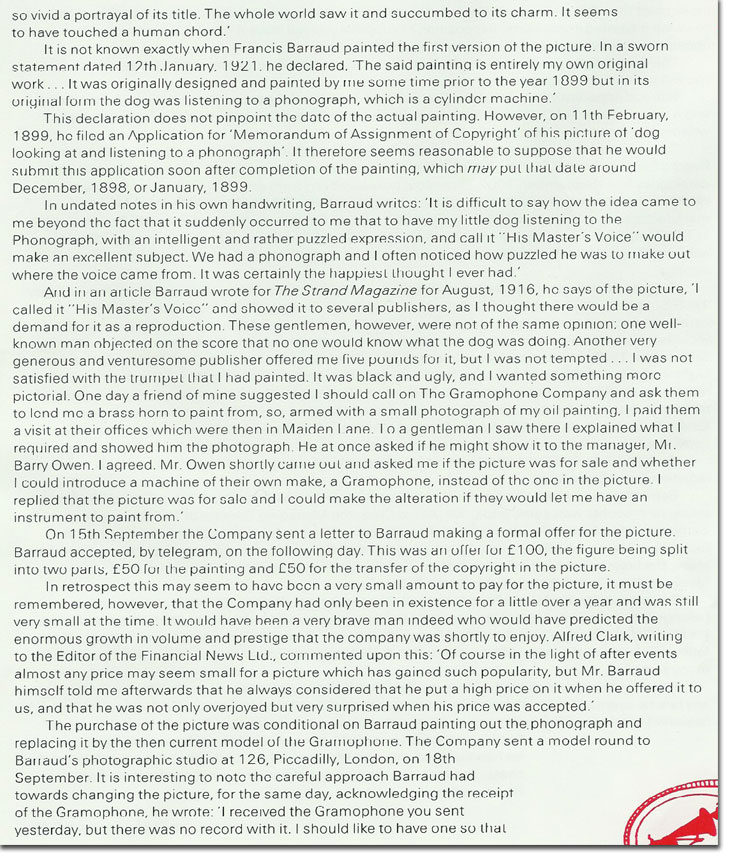
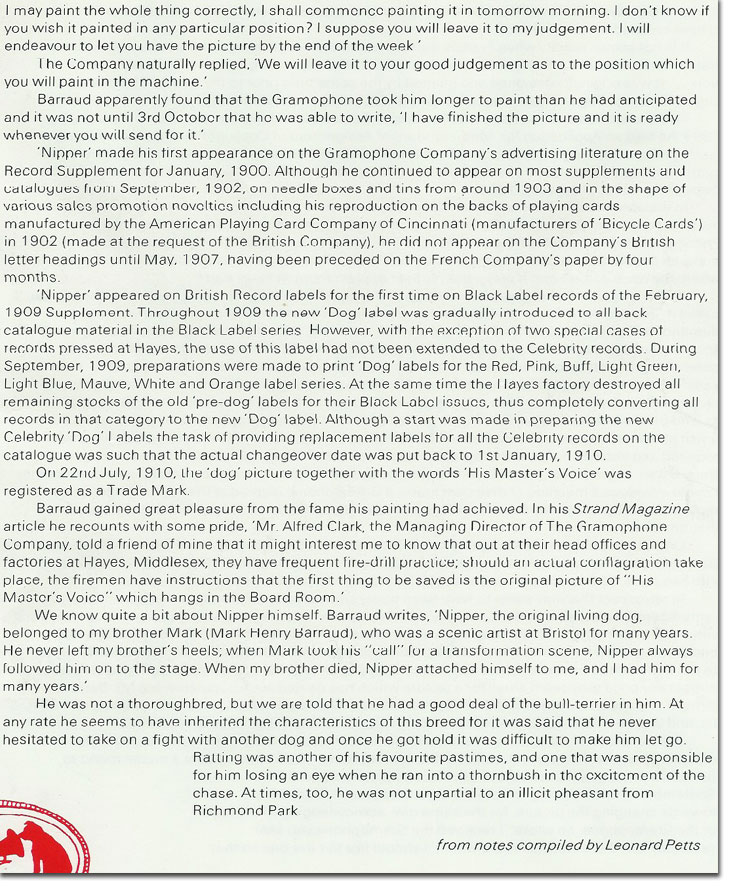
Limited edition picture of RCA Nipper from Harrod's, London

